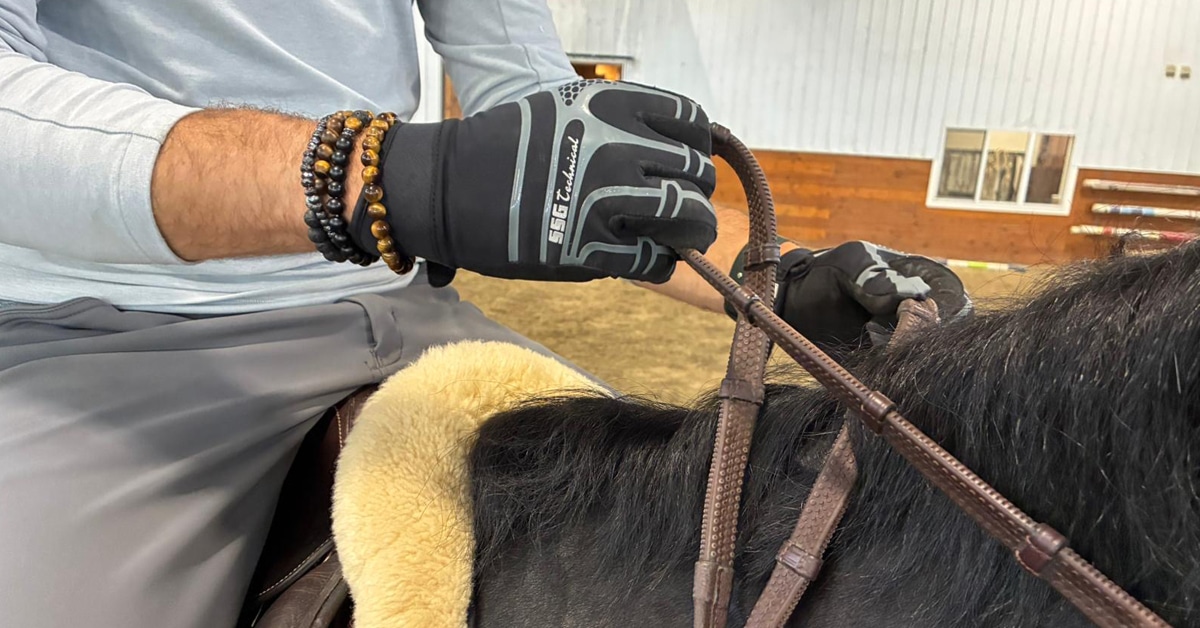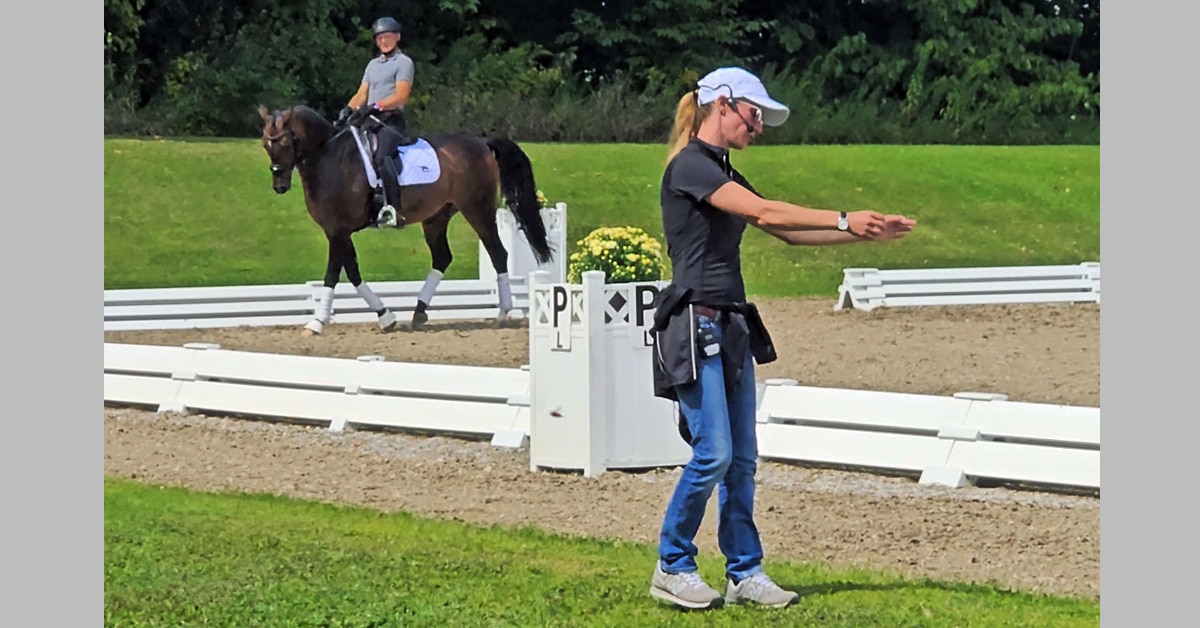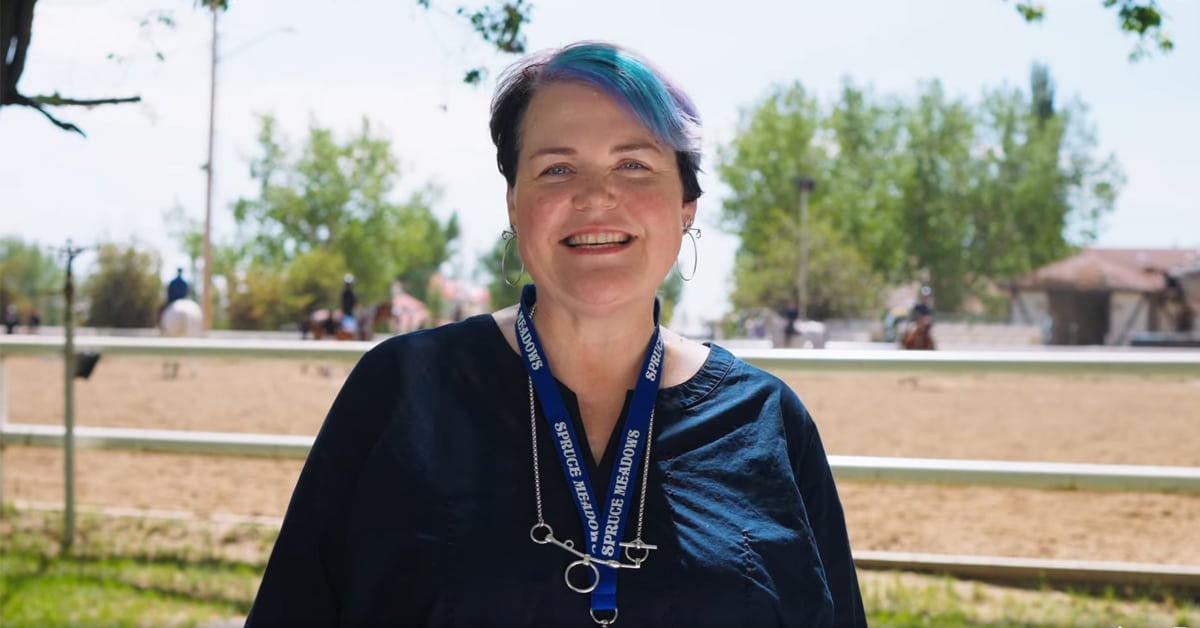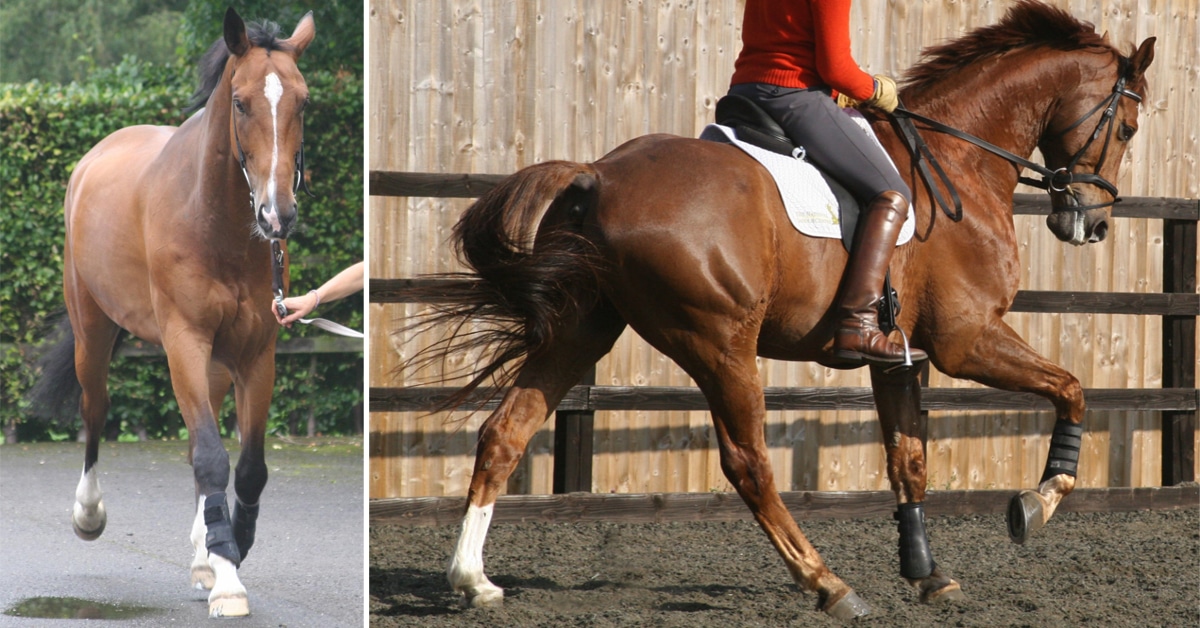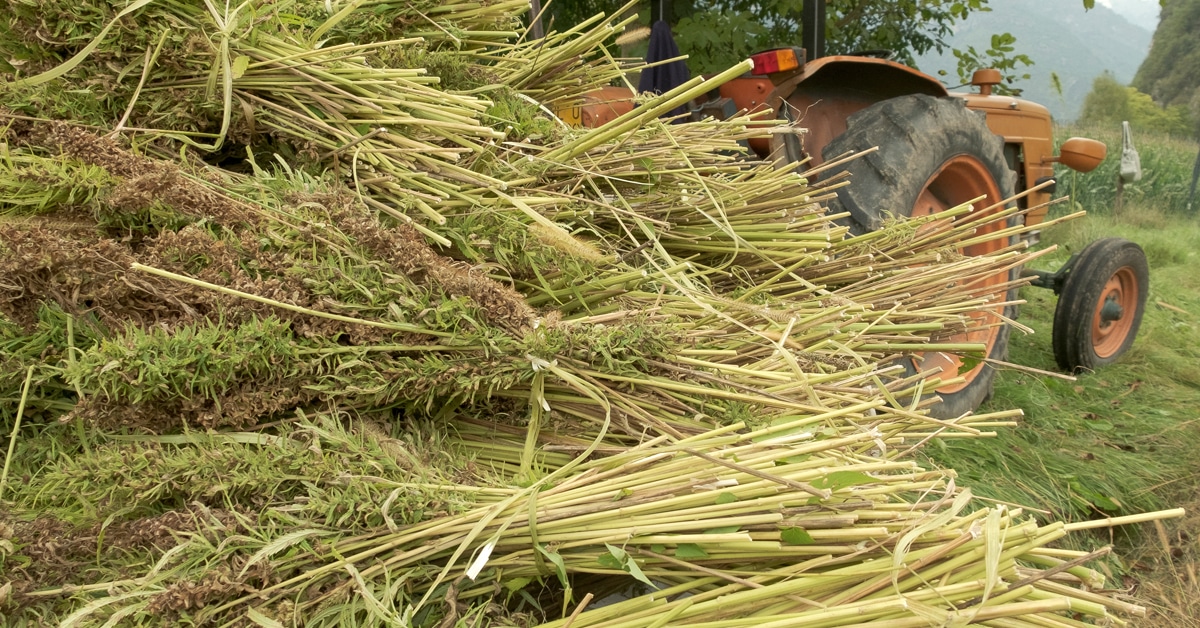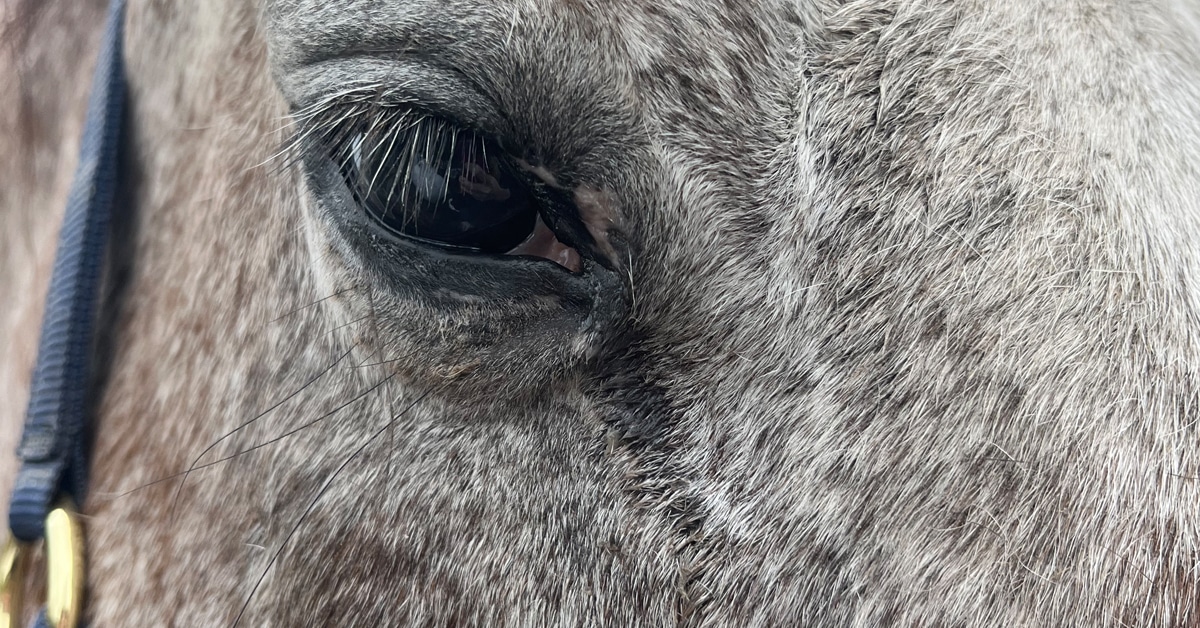A few years ago my research team at North Carolina State University conducted a study looking at feed intake and energy expenditure in a group of horses. We actually conducted a few studies while trying to answer the age-old question: why do some horses seem to gain weight, while others stay lean, even when fed and housed similarly?
If we think about energy balance – which is when a horse (or human) consumes enough calories to maintain body weight without changing. This is a balance between energy intake and expenditure, where energy intake is simply feed intake, and energy expenditure depends on a horse’s basal metabolism, and their activity level. Horses that gain weight consume more calories than they expend, and horses that lose weight consume fewer calories than they expend.
We have a herd of research horses that pretty much live on good pasture year-round, many of which who have been with us for more than 10 years. They are all Quarter Horses or other stock-type breeds of similar ages who typically do not get any other feed other than pasture and a trace mineral salt block. They are used primarily for grazing research, with the odd feeding trial perhaps once a year.
In this group of horses, there are a few that get quite fat (particularly in the spring), and other that stay pretty lean. Our first study looked at 10 of these horses, which were either designated as obese (body condition score of greater than or equal to 7 out of 9), or lean (body condition score between 4-5/9). We brought these horses into the barn (which has individual 3.7 x 12.2m runs) and weighed out their hay offered and refused daily to get a good estimate of hay intake. We used equine diapers to collect feces to determine if there were differences in digestibility, as a horse who has better digestibility could get more out of the same amount of hay, and we monitored their behaviour (eating, interacting with neighboring horses, etc.), distanced traveled within their pens via GPS, and their heart rates. We also took blood to determine if leptin concentrations (a hormone related to feed intake) differed between the groups.
Ultimately our results were somewhat surprising, but easily explained. We did not find any differences between feed intake, leptin concentrations, digestibility or activity between the obese and lean horses. We did identify some behavioural differences, with obese horses actually being more active than their leaner counterparts.
A big limitation to this study is that these horses were already lean or fat – so it is possible that they were actually in a “steady state” and that perhaps our fat horses ate more as they gained weight, but now that they were obese, they didn’t need to eat as much to maintain it.
Another study of ours looked specifically at energy intake, when lean horses were fed at rates slightly higher than their estimated energy requirements. Thirty-five Quarter Horses and Appendix Quarter Horses approximately five years of age were offered between 1.75-2% of their body weight as hay, plus a small amount of oats. Horses ranged in body condition score at the start of the study from 3.5-5.5/9. All but one horse gained weight over the 42-day study. Calculations of energy intake per unit body weight vs. the amount of weight gained showed extensive variation between horses. This was particularly interesting because of the general homogeneity between the horses. While activity level was not measured in this study, it was noted that some horses were more active in their pens, and in fact the horse that lost weight was a very active horse!
We also see great differences with weight loss. A team of researchers in the United Kingdom has done some extensive studies on weight loss in horses and have identified that there is wide variability in the ability to lose weight, and that some horses in fact experience “weight loss resistance”. In these horses, the traditional weight loss program of decreasing hay intake to 1.25% of body weight was not effective in some horses, and their intake had to be reduced to 1% of their body weight to achieve weight loss. Please don’t do this unless under supervision of a veterinarian, as such strict diets can predispose a horse to other severe problems.
So, ultimately we have figured out that just like people, horses of similar breeding and size may have wide differences in their innate metabolism (regulated by hormones) and perhaps body composition (muscle, which is more metabolically active than adipose tissue), resulting in varying caloric requirements to maintain body weight, and/or gain or lose weight. As we expand to wider distributions of breeds, it seems even more likely that we will see differences in basal metabolism.
While the National Research Council’s Nutrient Requirements of Horses gives estimates of energy intake and includes higher and lower values for horses that are considered “harder” vs “easier” keepers, respectively, at plus or minus 10% of average maintenance requirements, it is likely that for some horses energy requirements may be even more or less than these values. Of course, energy balance is the easiest nutritional factor to measure, either by using a scale, weight tape or ideally body condition scoring to account for fat vs. muscle to ensure body weight and composition is not changing over time, unless of course you’re feeding to gain or lose weight! Feeding rates between horses should be adjusted as needed to keep horses in a moderate body condition score (ie. between 4-6/9 depending on their use).
Remember to work closely with an equine nutritionist when trying to balance your horse’s diet!
The Latest
